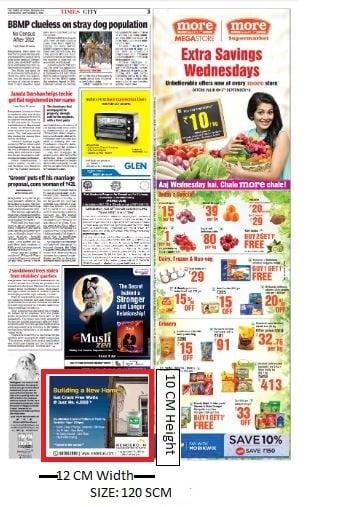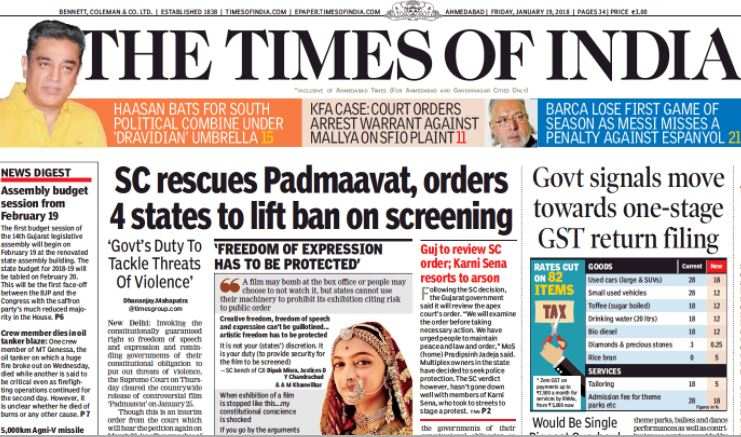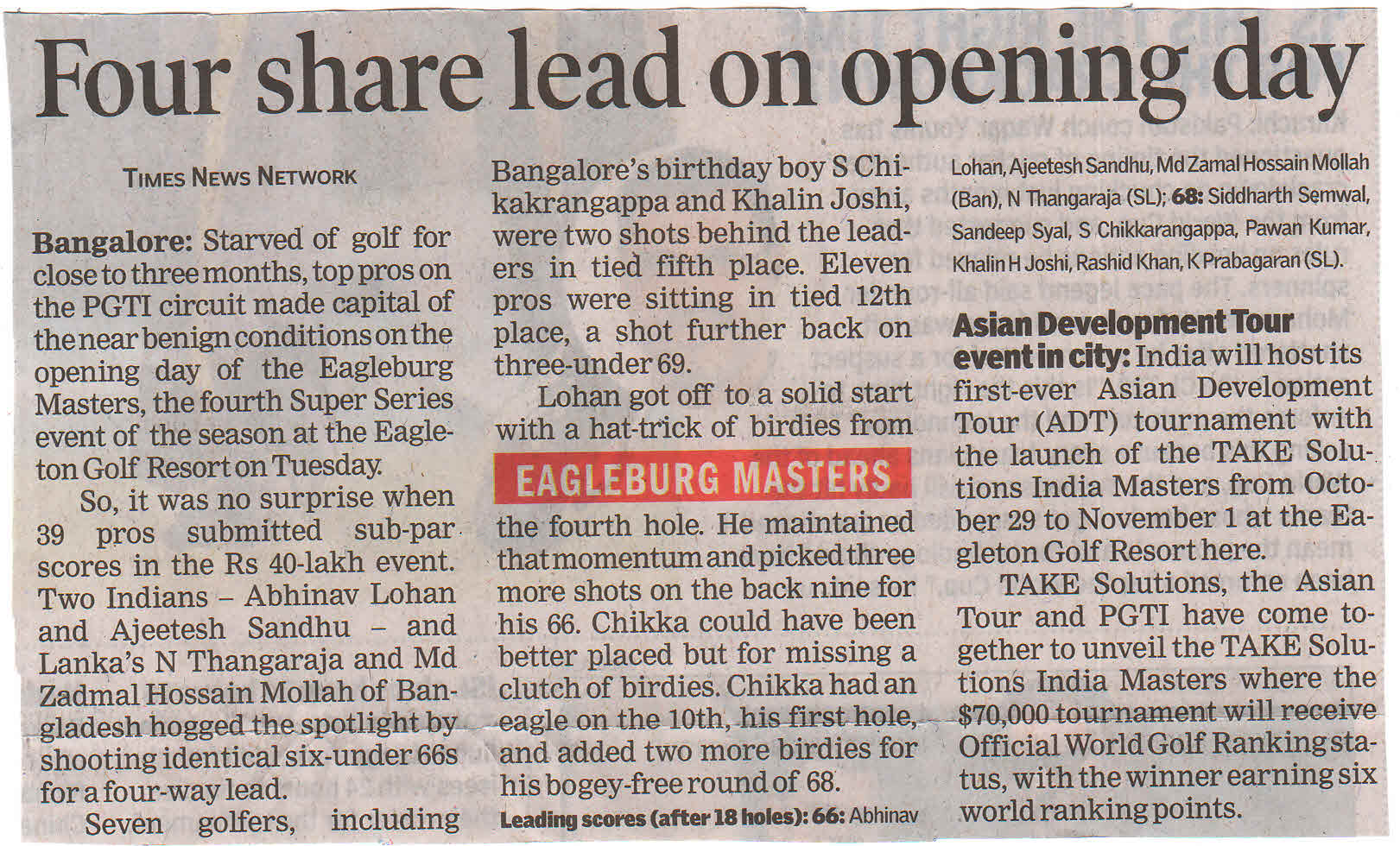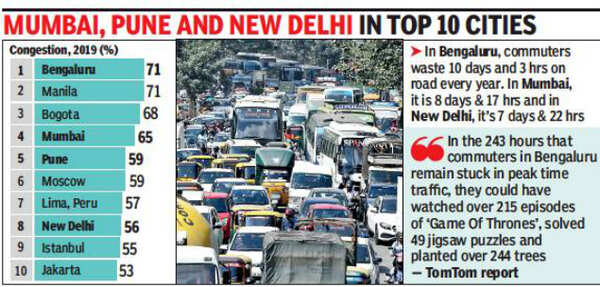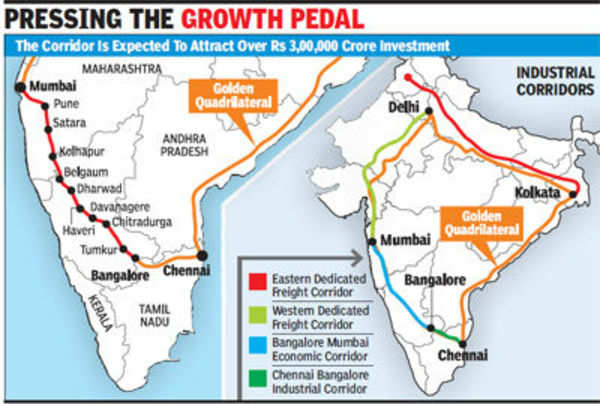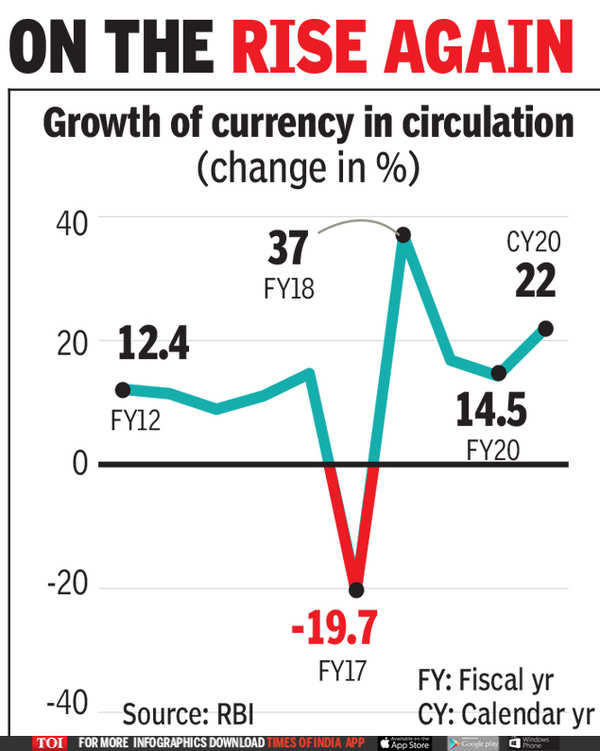Times Of India Circulation In Bangalore
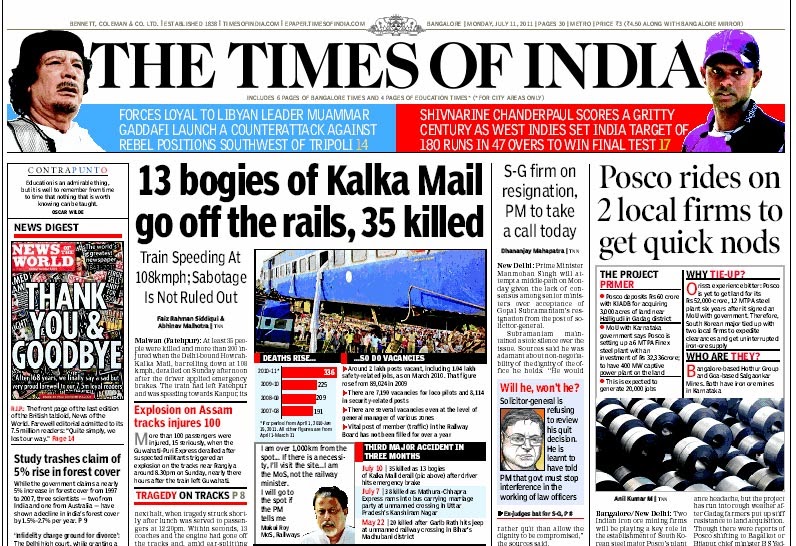
Imagine waking up to the aroma of freshly brewed coffee, the chirping of sparrows, and the unmistakable rustle of newsprint. In countless Bangalore homes, this daily ritual is intertwined with the presence of The Times of India (TOI), a silent observer of the city's ever-evolving story. But how many Bangaloreans actually reach for that familiar paper each morning? The answer is more nuanced than a simple number.
This article delves into the circulation of The Times of India in Bangalore, exploring its reach, influence, and the factors shaping its presence in the city's media landscape. While precise, publicly available, audited figures are elusive, we'll paint a picture based on industry insights, historical context, and observable trends.
A Legacy Forged in Ink
The Times of India, a behemoth in Indian journalism, boasts a history stretching back to 1838. Its journey from a Bombay-based publication to a national daily has been remarkable.
Bangalore, a city known for its tech boom and cosmopolitan culture, has been a crucial battleground in the newspaper wars for decades. The arrival of TOI in Bangalore marked a significant shift, challenging established players and introducing a new dynamic in news consumption.
The Circulation Landscape
Pinpointing the exact circulation of TOI in Bangalore is a challenge. Official figures are closely guarded and often considered proprietary information.
However, industry experts and media analysts estimate that TOI maintains a substantial readership base in the city. This is supported by observing the paper's prevalence on newsstands, in homes, and at various public spaces.
Factors influencing circulation numbers are diverse. They range from the rise of digital news platforms to changing readership habits.
Digital Disruption and Adapting to Change
The advent of the internet and mobile devices has irrevocably altered how people consume news. Newspapers, including TOI, have had to adapt to this digital revolution.
TOI has embraced digital platforms. They offer a comprehensive online presence, including a website, mobile app, and social media channels.
This multi-platform approach allows them to reach a wider audience, including those who prefer digital news consumption. However, it also presents the challenge of balancing print circulation with digital growth.
Bangalore's Unique Context
Bangalore's demographics play a key role in shaping newspaper circulation. The city's young, tech-savvy population is naturally inclined towards digital news.
However, a significant segment of the population, particularly older generations, still prefers the tactile experience of reading a physical newspaper. TOI caters to both segments.
Furthermore, Bangalore's linguistic diversity means that English newspapers like TOI compete with regional language publications for readership.
"Newspapers must innovate to stay relevant in the digital age." – Industry Analyst
The Future of Newsprint in Bangalore
While digital news is undeniably gaining ground, the printed newspaper is far from obsolete. Many readers still value the credibility, curation, and comprehensive coverage that a newspaper offers.
TOI continues to invest in its print edition. It adapts to changing reader preferences by introducing new sections, features, and formats.
The enduring presence of The Times of India in Bangalore serves as a reminder that news consumption is evolving, not disappearing. It evolves beyond the static and into the dynamic of our day to day lives.
The circulation of TOI in Bangalore represents more than just a number. It signifies a continuous dialogue between a newspaper and its readers, adapting, evolving, and shaping the narrative of a vibrant city.
